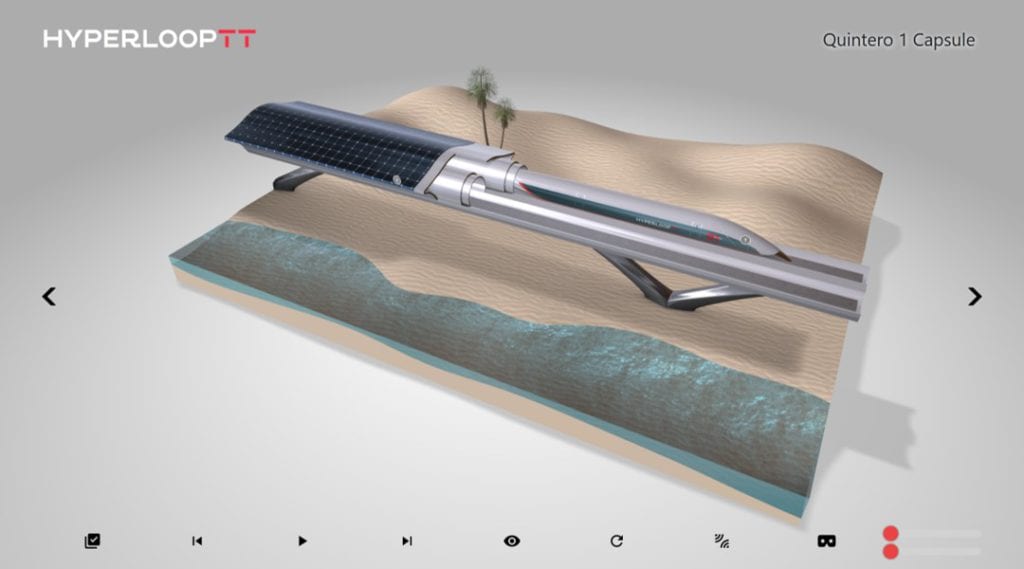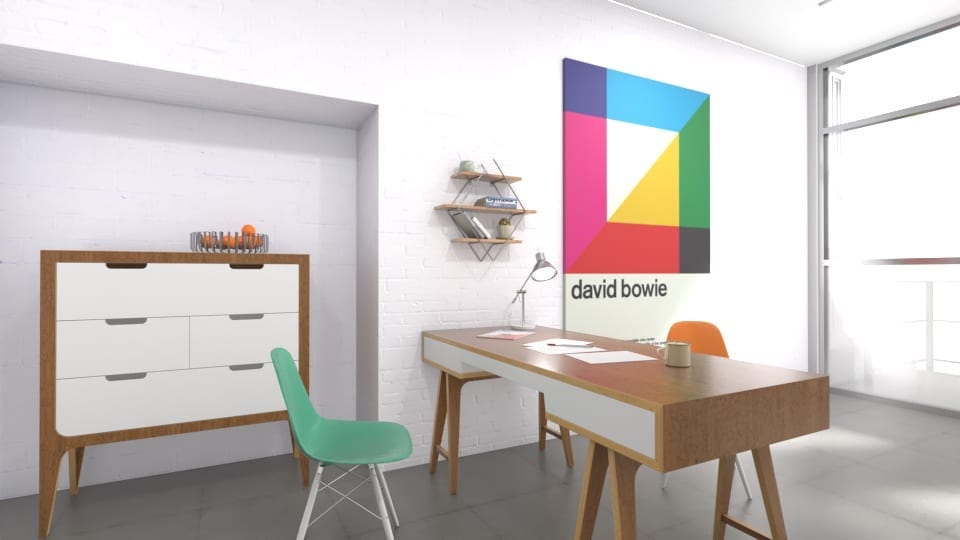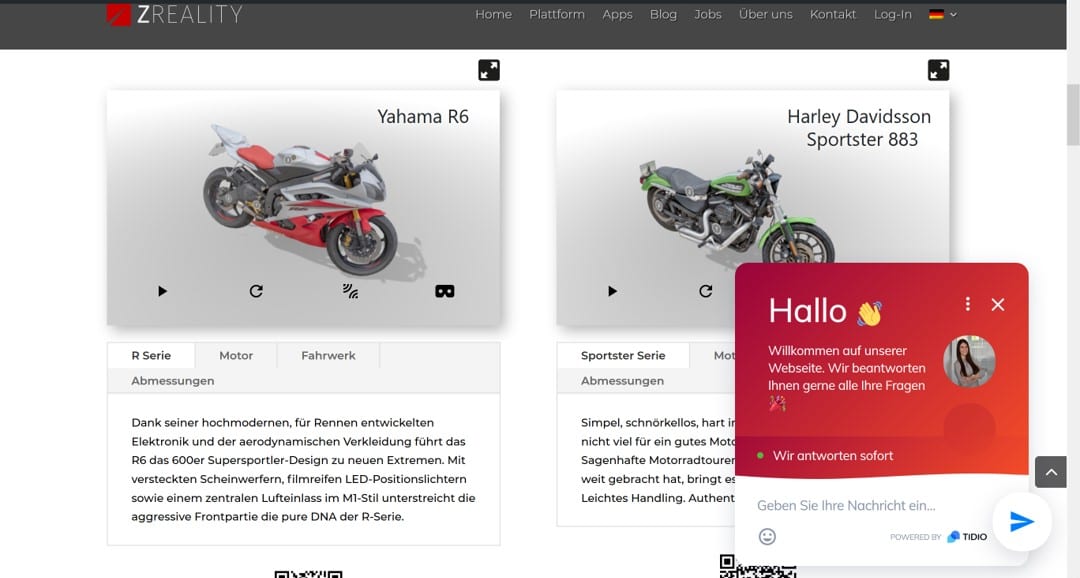Today’s article highlights the future of e-commerce through the use of virtual technologies in the B2B and B2C sectors. In times of crisis, many companies are rethinking how to sell products digitally, as traditional ways of customer communication via events and trade fairs are impossible – and will lose importance in the long run. At the same time we show reasons why technologies like 3D, Augmented & Virtual Reality will soon become mainstream. Translated with www.DeepL.com/Translator (free version)
Technologies such as 3D, Virtual & Augmented Reality are currently experiencing a boom. From our point of view, these presentations of goods of all kinds will revolutionize all sectors, from industrial, medical and consumer goods products to real estate and art objects. Why is this so?
Complex products easily explained – Especially here, prejudices against virtual technologies are often unfounded. On the contrary, it is even the case that a virtual product can be described and experienced in much more detail than in reality. Take a complex machine or instrument, for example. The inner workings and all components can be experienced completely virtually by looking into the machine with an X-ray view. Is the product too big to be displayed at a trade fair? The virtual solution simply presents the product in a virtual world. Is the product part of a process chain? In virtual solutions the presentation of a 100 meter long process chain is no problem.
Better usability on all devices – More and more standards are developing in the implementation of so-called “reponsive” virtual apps. These offer consistent usability from touch devices to PCs and VR/AR glasses. Anyone with a smartphone/tablet can easily get started and the usability is already learned.
Demonstrably higher sales success and more satisfied customers – Indeed, personal contact continues to be a decisive sales factor today. On the other hand, the course of a sales process can be almost completely digitalized by so-called storytelling and virtual assistants. This way the customer receives a virtual and partly animated product tour with all necessary information about the product. This can be imagined as a 3D product data sheet that goes beyond a pure video and allows customer interaction with the product. Modern chatbot systems can be designed so intelligently that a real person cannot be replaced, but the customer is optimally informed about the product before the ordering process takes place.
Efficient tools for content creation and publishing – Creating content for 3D/VR/AR still involves a lot of effort. CAD data must be prepared, 3D data converted and apps programmed. Tools such as the ZREALITY Sphere platform can drastically simplify this process and make it more efficient, reducing the hurdle to entering the world of virtual presentation. The argument “That’s not photorealistic” is also no longer relevant in the presentation of products today. With the right technologies, almost photorealistic presentation of all products is possible.
Integration in WebPages & E-Commerce: Virtual solutions – especially in AR and VR – are still largely isolated solutions developed as POCs. However, integration into existing web solutions is now easily possible with 3D web technology. The right use of technologies such as WebXR thus enables high-quality product experiences that inspire customers.
Thus, there is much to be said for the fact that the consistent use of virtual technologies in e-commerce is more successful and efficient than traditional sales channels, as more customers can be reached faster and easier. At the same time, virtual solutions are an important factor in environmental protection by avoiding unnecessary travel and transport costs.
From hundreds of customers and project enquiries, the following use cases crystallise, which will soon establish themselves in the market.
Virtual product presentation: The simplest form of 3D presentation is the exchange of static photos and videos as well as data sheets of products through interactive and animated 3D product tours. These are simply integrated into the product catalogue of a website or made available as an app. These presentations are fully interactive, explain products animatedly, describe product functions via so-called annotations and allow to explain each component of a product at the push of a button. They are also easy to integrate into any website.

Experience a virtual product presentation live here.
Virtual Showrooms: When it becomes important to show a product in an environment, showrooms are the perfect means to an end. Virtual showrooms show products in the right light, such as a car on a street, a machine on a factory floor, construction equipment on a construction site or furniture in a loft. And here too, the user can experience products immersively on all devices, from smartphones and PCs to VR glasses.

Experience the showroom here.
Virtual sales assistants: Virtual assistants go one step further and combine 3D product communication with a direct communication channel to the customer via chat bot, 1:1 chats or classic lead contact forms. Customers not only experience the product immersively in 3D, but can also be advised directly online by a sales representative and guided through the product. Product trainings are also conceivable in this way.
Test an example of a Virtual Assistant here.
Virtual Events & Fairs: This completely new form of virtual events combines immersive 3D/VR environments with interactive communication tools and formats for the presentation of media content such as videos, webinars. The user feels like in a real fair and can experience exhibits interactively in 3D just like in reality. Customers can exchange live information via chat and video conferencing systems that are seamlessly linked to the 3D/VR Experience.

Experience an example live here: https://digitalekunsthalle.zdf.de/index.html
